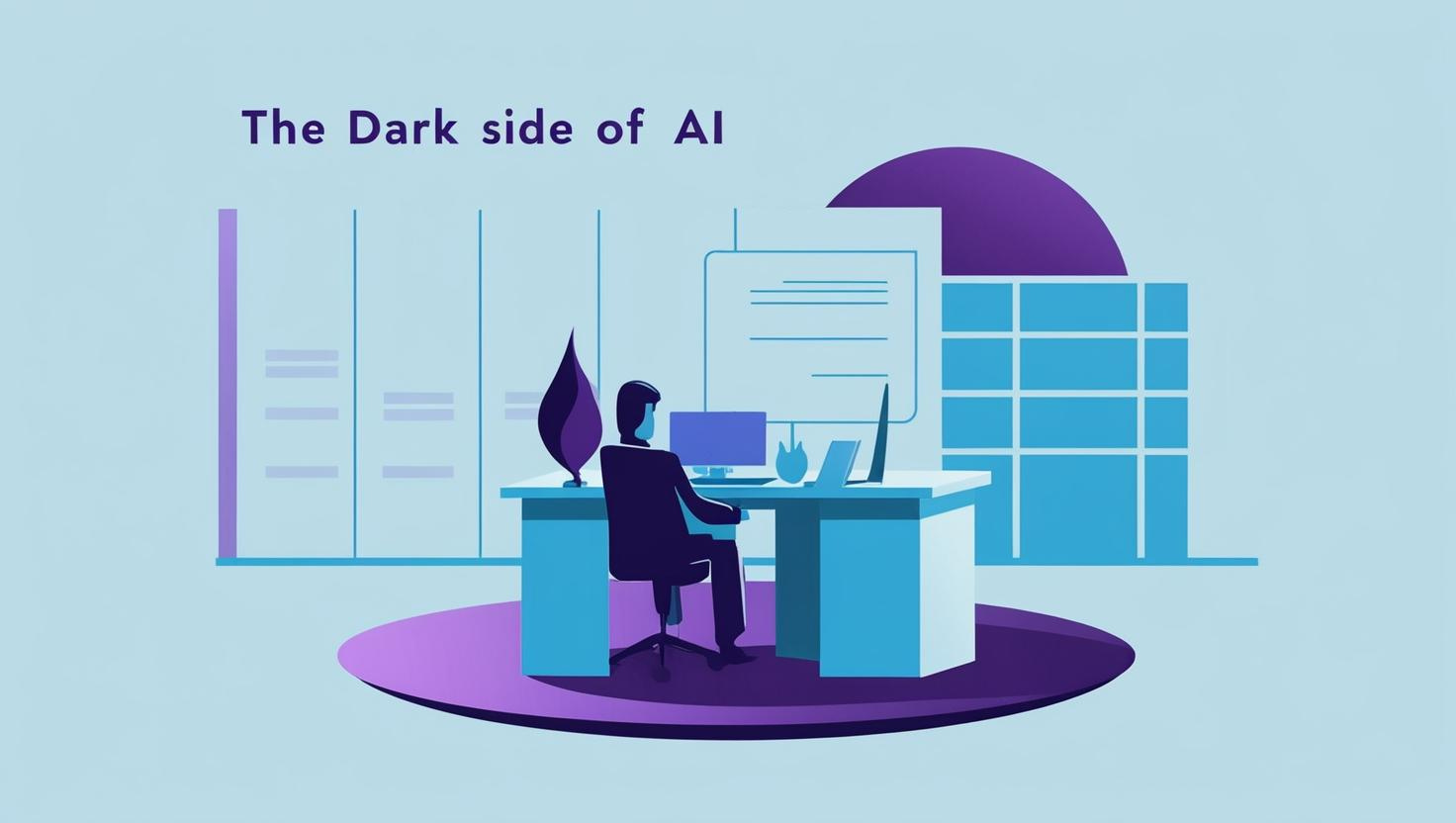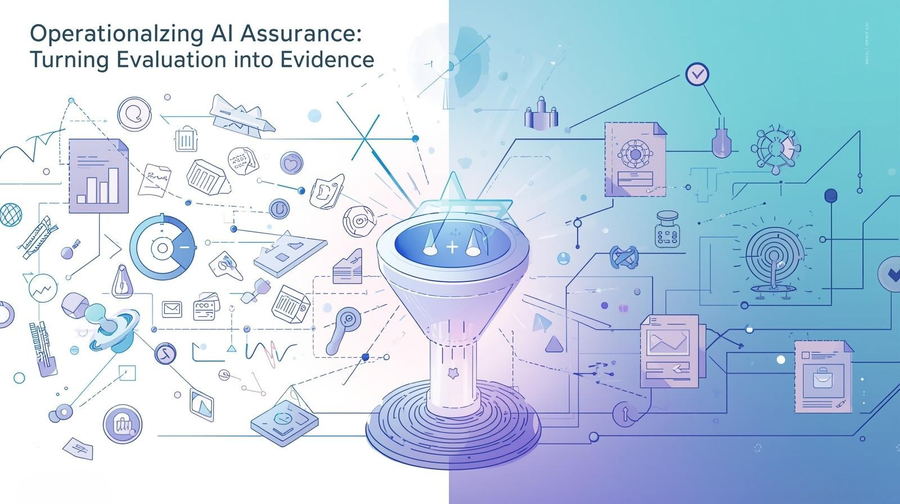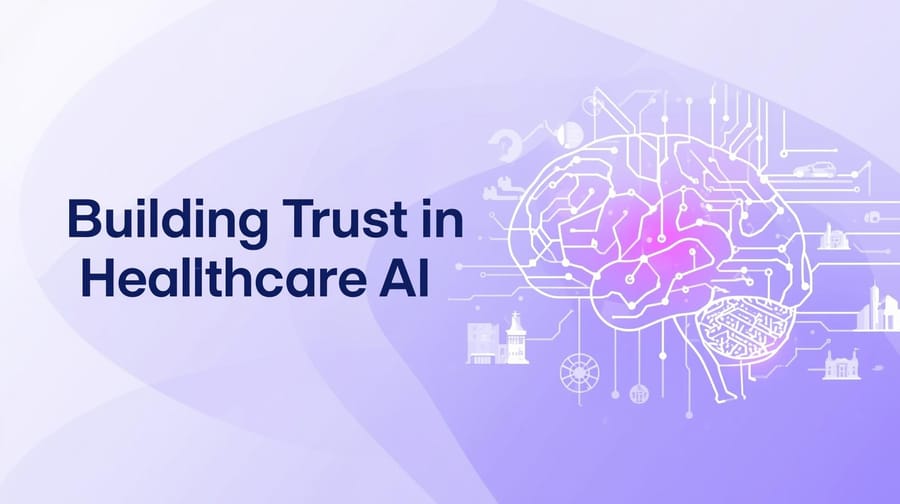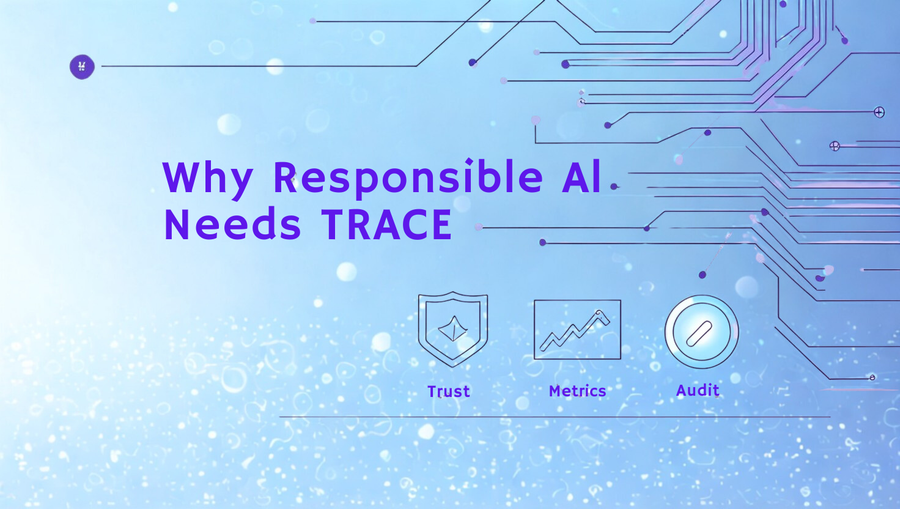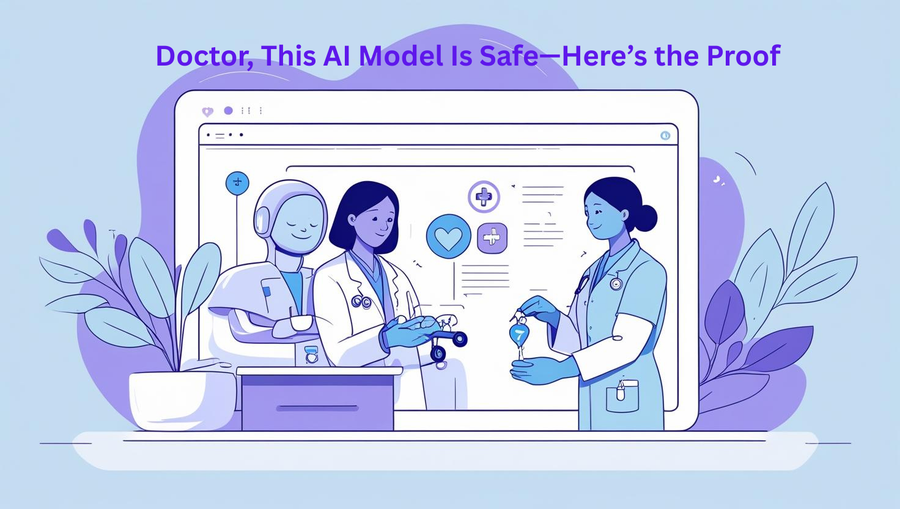The Double-Edged Sword of AI
AI is transforming industries, enhancing productivity, and revolutionizing decision-making. But with great power comes great responsibility—and significant risks. From algorithmic bias in hiring systems to deepfake videos manipulating public perception, AI’s dark side is becoming harder to ignore.
A recent study found that 34% of AI-driven decisions show signs of bias, and deepfake content increased by 900% in the last two years. With elections, financial markets, and even personal reputations at stake, organizations must proactively address AI’s unintended consequences.
How can businesses and policymakers mitigate these risks? Let’s explore the hidden dangers of AI and the governance strategies needed to combat them.
1. Algorithmic Bias: When AI Reinforces Inequality
AI models are only as good as the data they are trained on. Unfortunately, biased training data can lead to discriminatory AI decisions, reinforcing existing inequalities instead of eliminating them.
How Algorithmic Bias Happens
🔹 Historical Data Bias – AI models trained on biased historical data replicate past discrimination (e.g., biased hiring practices).
🔹 Sampling Bias – Underrepresentation of certain demographics leads to inaccurate AI predictions.
🔹 Labeling Bias – Human-labeled datasets reflect subjective or systemic prejudices.
Real-World Examples of AI Bias
✅ Hiring Discrimination: Amazon scrapped its AI hiring tool after it downgraded female candidates due to historical bias favoring male resumes.
✅ Facial Recognition Flaws: Studies show that AI-powered facial recognition systems have error rates up to 34% higher for darker skin tones, leading to wrongful arrests and security concerns.
✅ Healthcare Inequality: A study revealed that an AI healthcare system prioritized white patients over Black patients for critical care recommendations.
How to Mitigate AI Bias
🔹 Diverse & Representative Training Data – Ensure datasets reflect all demographics.
🔹 Bias Audits & Fairness Testing – Regularly evaluate AI models for discriminatory patterns.
🔹 Human-in-the-Loop (HITL) AI Governance – Include human oversight in AI decision-making.
🔹 Compliance with AI Regulations – Follow NIST AI RMF, the EU AI Act, and ISO 42001 standards for ethical AI.
2. Deepfakes: The Rise of AI-Generated Deception
Deepfake technology, powered by generative AI, enables the creation of highly realistic fake videos, images, and audio. While AI-generated content has legitimate applications (e.g., digital entertainment), its misuse is alarming.
The Threat of Deepfakes
🔹 Political Manipulation: Deepfake videos impersonating political figures can spread false narratives before elections.
🔹 Financial Fraud: AI-generated voice cloning has been used in scams, tricking employees into transferring millions of dollars.
🔹 Reputation Damage: Celebrities and individuals have been victims of fake explicit content, causing severe personal and professional harm.
Real-World Deepfake Incidents
✅ Corporate Scam: A UK energy company lost $243,000 after scammers used AI to clone the CEO’s voice in a fraudulent request.
✅ Political Deepfakes: AI-generated videos of public figures spreading fake statements have influenced elections and public trust.
✅ Synthetic Media Abuse: A deepfake impersonating Elon Musk promoted cryptocurrency scams, misleading thousands of investors.
How to Combat Deepfake Threats
🔹 AI-Driven Deepfake Detection Tools – Use AI to detect synthetic content (e.g., Microsoft’s Video Authenticator).
🔹 Regulations & Digital Watermarking – Mandate labeling of AI-generated media.
🔹 Public Awareness & Education – Train individuals and businesses to recognize deepfake threats.
🔹 Legislative Action – The EU AI Act includes provisions to regulate harmful deepfake usage.
3. Misinformation: AI’s Role in Spreading False Narratives
AI-powered bots and recommendation algorithms can amplify misinformation, influencing public opinion and decision-making.
How AI Contributes to Misinformation
🔹 Automated Content Generation: AI can generate and distribute fake news articles at scale.
🔹 Social Media Amplification: AI-driven engagement algorithms promote sensationalized misinformation over factual content.
🔹 Filter Bubbles & Echo Chambers: AI curates content based on user preferences, reinforcing biased viewpoints.
Real-World AI-Driven Misinformation Cases
✅ COVID-19 Disinformation: AI-generated social media accounts spread false vaccine claims, causing public panic.
✅ Financial Market Manipulation: Bots spread fake news about stock prices, causing artificial fluctuations.
✅ Election Interference: AI-powered fake news campaigns have influenced political outcomes globally.
How to Mitigate AI-Powered Misinformation
🔹 AI-Verified News Programs – Use AI tools to fact-check and flag unreliable sources.
🔹 Transparent Algorithmic Curation – Social media platforms must disclose how AI recommends content.
🔹 Human Oversight & AI Accountability – Content moderation must involve human verification for critical decisions.
🔹 Global Regulatory Action – The EU Digital Services Act and similar initiatives enforce content accountability.
The Path Forward: Responsible AI Governance
AI’s dark side isn’t inevitable—it’s a governance challenge. By implementing strong AI ethics policies, regulatory frameworks, and continuous oversight, businesses can harness AI’s potential while minimizing its risks.
Best Practices for Ethical AI Implementation
✅ Adopt AI Ethics Frameworks – Follow NIST AI RMF, EU AI Act, and ISO 42001 guidelines.
✅ Implement AI Transparency & Explainability – Make AI decisions traceable and accountable.
✅ Use AI for Good – Deploy AI to detect deepfakes, debunk misinformation, and reduce bias.
✅ Cross-Sector Collaboration – Governments, tech firms, and researchers must work together on AI risk mitigation.
Final Thoughts: AI’s Future Must Be Ethical & Accountable
AI has the potential to revolutionize industries and improve lives, but unchecked AI can cause harm. Algorithmic bias, deepfakes, and misinformation are pressing concerns that demand immediate action from businesses, policymakers, and AI developers.
The future of AI isn’t just about innovation—it’s about governance, ethics, and responsible AI development.

